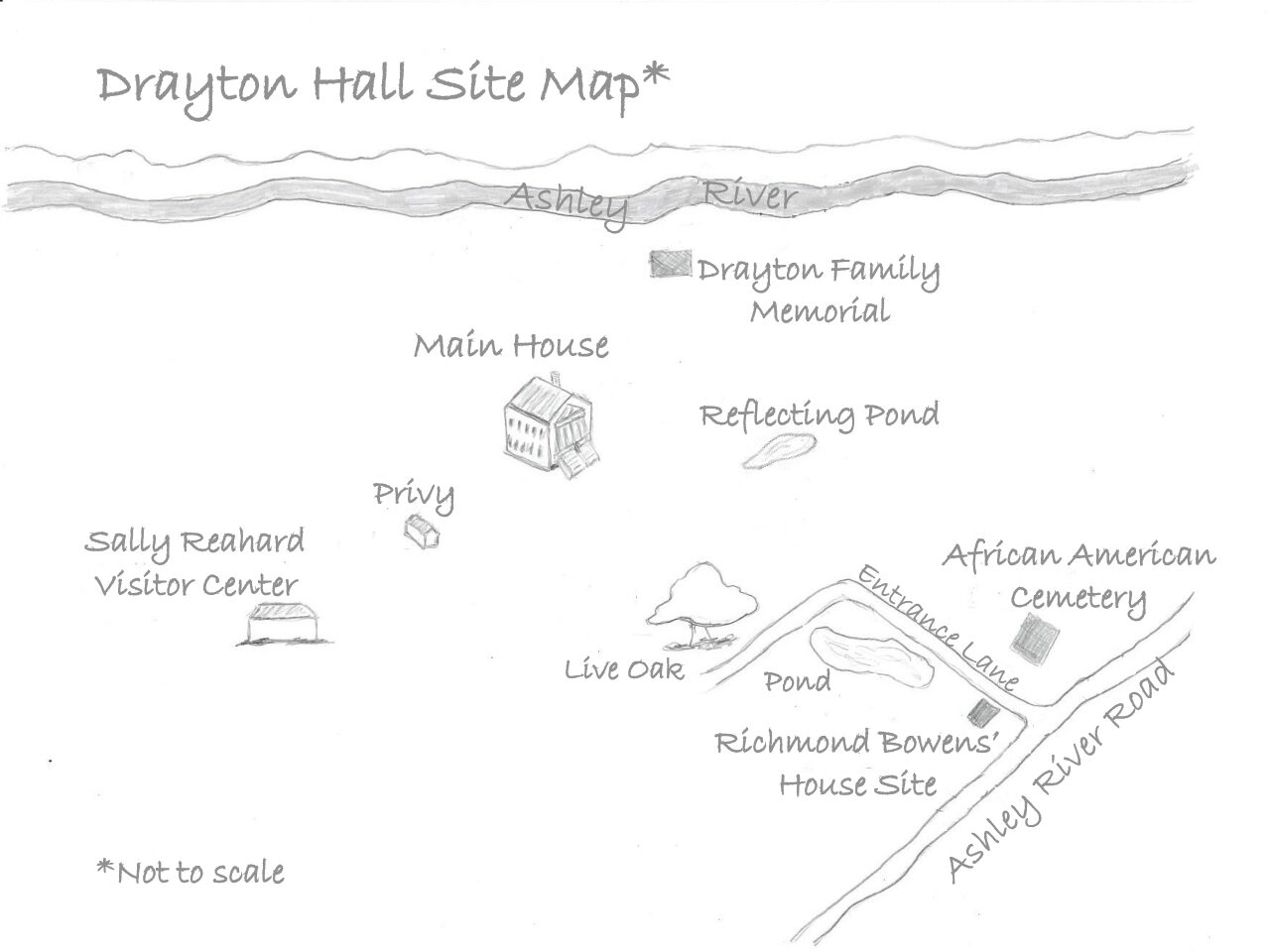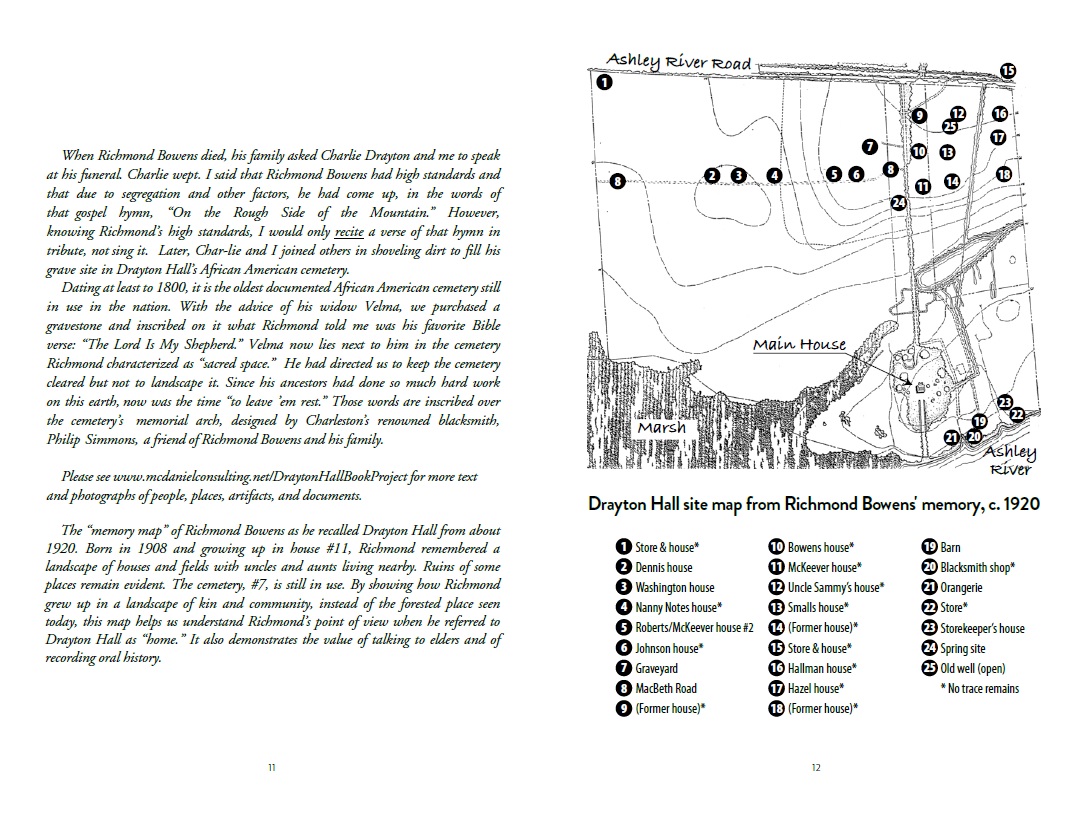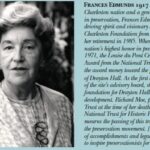Using a Historic Place to
Build
Community
History can be divisive or unifying – we’ve seen how its use has resulted in each – it is up to us to choose. This page will help you and your organization get started through instant access to how-to guides, interview transcriptions, select templates and photographs, supporting blog content, and more.
“One place understood helps us understand all places better.” – Eudora Welty
BUILDING COMMUNITY of whatever size, is risky but so is any venture beyond our comfort zone.
LOOK AROUND YOU and reach out to what and who you know – your local historical or preservation organization, museum, library, school, college, business, foundation, or friends.
IT IS NOT HARD for you or your organization to undertake such a venture – the important thing is to begin.
IDEAS WILL VARY and depend on your situation. Below is a range of resources, proven methods, and examples to help guide you on your journey.
Why This Project
We all have competing priorities, so you need to be clear and honest about the project’s benefit.
Research
Look to these respected organizations to provide ideas, strategies, examples, and guidance.
Fundraising
A top priority at the outset is to secure funding – money has a way of changing priorities in favor of such a project.
Interviewees
How to identify, communicate with, prepare, and develop a genuine rapport with your subjects.
Archives & Project Management Tools
You’ll gain a better understanding of the process as you review transcripts and other assets.
The People That Inspired The Book
From The Archives
Transcripts, videos, photos, maps, lines of descent, and more – the Drayton Hall Stories Archive is overflowing. Go to the “Let’s Begin” section above to click on topic areas that interest you and click on the templates below as reference for developing your own support materials. You’ll find even more in the Archives.

Editing your oral history interviews – or any type of interview – takes time. You may go through four or more rounds of changes.
Using basic proofreading symbols to mark up your documents (click here for a sample) will be especially helpful if you know that multiple individuals will be reviewing them.




Simplicity of design is a visually- and cost-effective approach when developing support elements like the maps and lines of descent shown here. Don’t hesitate to reach out to your associates and friends to ask them to help lend their talents to the project — you will find, as I did, that many will be happy to do so.
Places & People enliven social posts
- Family
- Friends
- Professionals
- Author
“Why do you give all the biscuits away?”
Excerpt from my book “Drayton Hall Stories: A Place and Its People”: When you came by her house, the first thing she wanted to know, “You want something to eat?” I’d ask her, “Why do you give all the biscuits away?”...
Why Do Donors Give?
"As individuals, we can learn from each other and benefit by working toward common goals."
Conservator’s First Impressions
In Drayton Hall Stories, renowned conservator Susan Buck describes how her paint analysis revealed Drayton Hall’s interior appearance over time.
Days of War: Black and White Pencil Sketch Sparks Memories
A pencil sketch of me, drawn in Saigon in May or June, 1970.
MEDIA OUTREACH
Word gets around fast when you embark on a new program that departs from the norm. Early in the book’s print production process we already had advance praise from notables in the field, a commitment to serialized coverage in regional magazines and newspapers, and a Q&A interview published in a respected online preservation forum. More is scheduled – click here.
You can achieve that same level of support with a strong commitment to the steps I describe above. Questions? Concerns? Experience has taught me lessons that I am pleased to share.
CONTACT US
georgemcdaniel4444@gmail.com
Phone
843.708.5466
Address
102 Rutherford Street
Summerville, SC 29485














